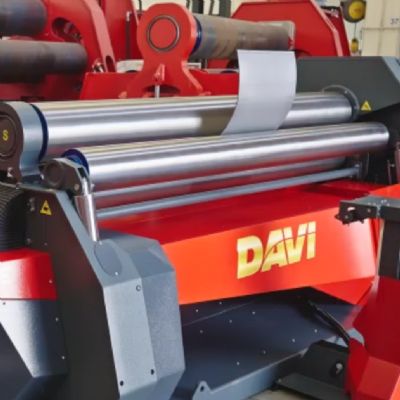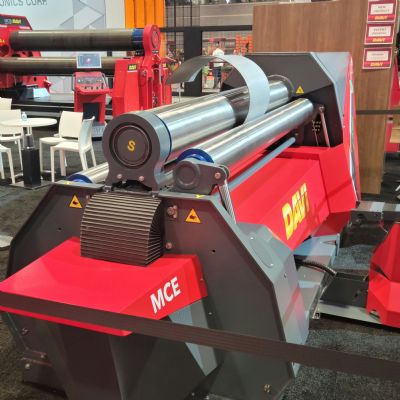4) Does the employer follow and implement the policies and procedures contained within the written program?
5) Are employees aware of the written programs and familiar with the policy requirements?
6) Are other written programs required (e.g., lead, respirator, LOTO, haz com, etc.) and does the employer have them?
7) Does the employer have written procedures for identifying and evaluating hazards when new substances, processes, procedures or equipment are introduced into the workplace?
8) Are there written provisions for reporting and correcting hazards?
9) Are there procedures to identify, remove and replace defective equipment?
10) Have procedures been established for investigating safety-related incidents or accidents?
11) Do the written procedures identify how the employer will verify employee compliance with the safety and health rules for the workplace?
12) Does the employer have procedures established and implemented to identify and evaluate workplace hazards?
13) Does implementation of the hazard analysis procedures result in a comprehensive evaluation of the task involved and the necessary safety methods?
14) Has the employer conducted a hazard analysis of the work task involved?
15) Does the employer ensure that employees have the proper safety or health-related equipment and PPE necessary, prior to the work being performed?
16) Have employees received the training necessary to use the PPE and/or related equipment?
17) Was the equipment or PPE provided in this case?
18) Does the employer have a reliable system for communicating safety and health matters to staff in a form readily understandable by affected employees?
19) Does the employer have a method of communicating with non-English-speaking employees to ensure the communication is understood?
20) Has the employer designed and implemented a reliable training program to provide employees with specific instruction on the practices necessary to perform assigned duties in a safe manner?
21) Is the content of the training provided adequate to instruct employees on how to perform the work safely?
22) Is training provided to all new employees or to employees whose job assignment has changed?
23) Are supervisors trained on the safety and health hazards for employees under their immediate control and the enforcement expectations of the supervisor?
24) Are employees retrained when it is discovered that the employee does not understand how to safely perform the work?
25) Are employees provided periodic refresher training as necessary?
26) Did the employees exposed to the hazard receive the training necessary to perform the work safely?
27) Are workplace hazards corrected in a timely manner?
28) Has the employer established a reliable system for verifying compliance with the safety rules?
29) If the employer conducts self inspections, are the inspections random and unannounced?
30) Is the frequency of the employer’s self inspections proportional to the volume of work being performed and/ or number of employees involved in the business operations?
31) Does the employer have a disciplinary policy in place?
32) Does the employer consistently and adequately discipline all employees for conducting unsafe work practices?
33) Is there evidence of a continuing compliance problem?
34) Was a supervisor aware of or involved in the unsafe practice or condition?
35) Does the employer discipline or provide retraining to supervisory personnel involved with unsafe conditions or practices?
36) Is there evidence in the employer’s records or DOSH inspection records of a continuing compliance program?
Hidden in this checklist are the agency’s real agenda items:
• To try to block employers from using this defense whenever a supervisor is involved in the misconduct (which is contrary to federal and state case law); and
• Eliminate the “no management knowledge of the cited condition” defense and the employee misconduct defense whenever a cited employer has previous similar citations.
If there ever was an OSHA subject document worth reading, this is it. Call or write Ehlke Law offices for a copy of DOSH Directive 5.10 on Unpreventable Employee Misconduct, or find it at http://www.lni.wa.gov/Safety/Rules/Policies/%20pdfs/wrd510.pdf. MF
Technologies: Bending
 Douglas Ehlke
Douglas Ehlke







